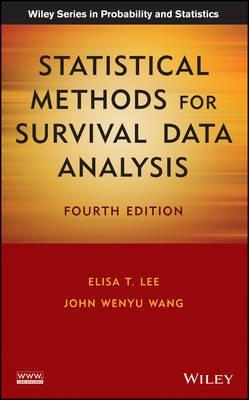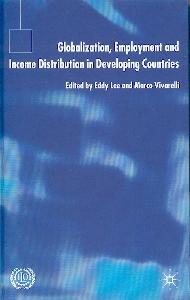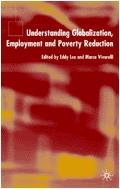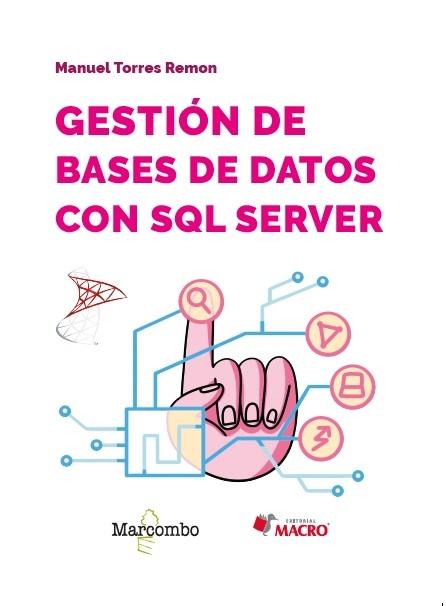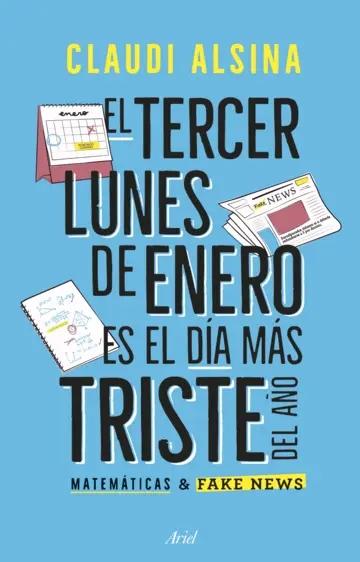Upgraded to reflect the latest research and software applications on the topic, this new edition continues to provide a comprehensive introduction to the statistical methods for analyzing survival data. It features a wealth of new material, including coverage of marginal and random effect models for analyzing correlated censored or uncensored data as well as multiple comparisons in the comparison of K samples. It also offers expanded coverage of the Cox proportional hazards model; real-world examples focused on survival data in the biomedical sciences; and more.
Preface xi 1 Introduction 1 1.1 Preliminaries 1 1.2 Censored Data 2 1.3 Scope of the Book 5 2 Functions of Survival Time 8 2.1 Definitions 8 2.2 Relationships of the Survival Functions 15 Exercises 16 3 Examples of Survival Data Analysis 19 3.1 Example 3.1: Comparison of Two Treatments and Three Diets 19 3.2 Example 3.2: Comparison of Two Survival Patterns Using Life Tables 26 3.3 Example 3.3: Fitting Survival Distributions to Tumor-Free Times 28 3.4 Example 3.4: Comparing Survival of a Cohort with that of a General Population -- Relative Survival 30 3.5 Example 3.5: Identification of Risk Factors for Incident Events 33 3.6 Example 3.6: Identification of Risk Factors for the Prevalence of Age-Related Macular Degeneration 38 3.7 Example 3.7: Identification of Significant Risk Factors for Incident Hypertension Using Related Data (Repeated Measurements) in a Longitudinal Study 46 Exercises 54 4 Nonparametric Methods of Estimating Survival Functions 68 4.1 Product-Limit Estimates of Survivorship Function 69 4.2 N elson--Aalen Estimates of Survivorship Function 82 4.3 Life-Table Analysis 83 4.4 Relative Survival Rates 96 4.5 Standardized Rates and Ratios 98 Exercises 104 5 Nonparametric Methods for Comparing Survival Distributions 108 5.1 Comparison of Two Survival Distributions 108 5.2 The Mantel and Haenszel Test 123 5.3 Comparison of K (K > 2) Samples 128 Exercises 130 6 Some Well-Known Parametric Survival Distributions And Their Applications 133 6.1 Exponential Distribution 133 6.2 Weibull Distribution 138 6.3 Lognormal Distribution 143 6.4 Gamma, Generalized Gamma, and Extended Generalized Gamma Distributions 148 6.5 Log-Logistic Distribution 153 6.6 O ther Survival Distributions 155 Exercises 159 7 Estimation Procedures for Parametric Survival Distributions Without Covariates 161 7.1 General Maximum Likelihood Estimation Procedure 161 7.2 Exponential Distribution 165 7.3 Weibull Distribution 178 7.4 Lognormal Distribution 180 7.5 The Extended Generalized Gamma Distribution 183 7.6 The Log-Logistic Distribution 184 7.7 Gompertz Distribution 185 7.8 Graphical Methods 186 Exercises 203 8 Tests of Goodness-of-Fit and Distribution Selection 206 8.1 Goodness-of-Fit Test Statistics Based on Asymptotic Likelihood Inferences 207 8.2 Tests for Appropriateness of a Family of Distributions 210 8.3 Selection of a Distribution by Using BIC or AIC Procedure 216 8.4 Tests for a Specific Distribution with Known Parameters 217 8.5 Hollander and Proschan's Test for Appropriateness of a Given Distribution with Known Parameters 220 Exercises 224 9 Parametric Methods for Comparing Two Survival Distributions 226 9.1 Log-Likelihood Ratio Test for Comparing Two Survival Distributions 226 9.2 Comparison of Two Exponential Distributions 229 9.3 Comparison of Two Weibull Distributions 234 9.4 Comparison of Two Gamma Distributions 236 Exercises 237 10 Parametric Methods for Regression Model Fitting and Identification of Prognostic Factors 239 10.1 Preliminary Examination of Data 240 10.2 General Structure of Parametric Regression Models and Their Asymptotic Likelihood Inference 242 10.3 Exponential AFT Model 246 10.4 Weibull AFT Model 255 10.5 Lognormal AFT Model 258 10.6 The Extended Generalized Gamma AFT Model 261 10.7 Log-Logistic AFT Model 264 10.8 O ther Parametric Regression Models 268 10.9 Model Selection Methods 270 Exercises 279 11 Identification of Risk Factors Related to Survival Time: Cox Proportional Hazards Model 282 11.1 The Proportional Hazards Model 282 11.2 The Partial Likelihood Function 285 11.3 Identification of Significant Covariates 302 11.4 Estimation of the Survivorship Function with Covariates 309 11.5 Adequacy Assessment of the Proportional Hazards Model 317 Exercises 334 12 Identification of Prognostic Factors Related to Survival Time: Non-Proportional Hazards Models 337 12.1 Models with Time-Dependent Covariates 337 12.2 St
